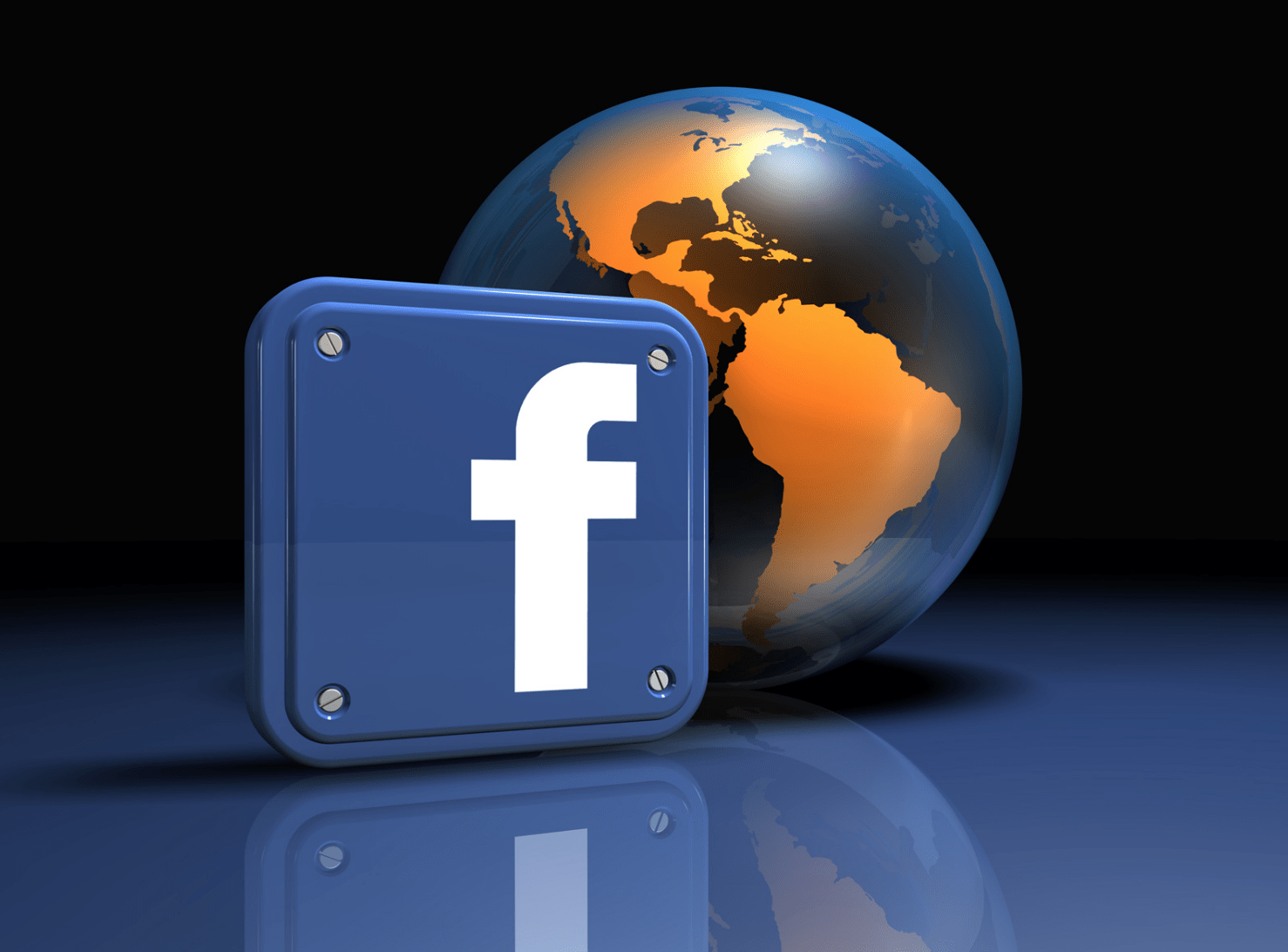Facebook has tremendous power over the minds of users. Not that the company deliberately abused it. But sometimes even the best ideas don’t turn out the way they’re supposed to – as you know, the road to hell is paved with good intentions.
The internet is loosely regulated, uses manipulative technology freely, and Silicon Valley doesn’t care much about users because most of its inhabitants are wealth and power in the first place.
This could have a catastrophic effect on the principles of democracy, private life and the economy, if drastic measures are not taken right now. Otherwise, the work of Facebook will be more and more destructive. After several major failures, neither Zuckerberg nor the company’s COO Sheryl Sandberg drew any conclusions, and Facebook’s algorithms remained the same.
Facebook’s success would not have been possible without a revolution in the tech industry
Until the advent of Facebook in 2004, Silicon Valley had no examples of successful startups led by people just out of college. Until 2000, each new technology took years, if not decades, to develop. The machines lacked the processing power, memory, or other capabilities to meet customer needs. I had to adapt.

But technology has evolved, according to Moore’s law, the number of transistors in each circuit doubled every year and at the same time they became cheaper. By the time Facebook appeared, technology had changed dramatically, having experienced a real revolution.
Network technologies also developed: from local ones they grew into ever larger ones, correspondingly more valuable. The price of computers fell, the value of connecting to the network increased. The global Internet has appeared, to which all computers are connected today. With its development, Facebook and other Internet platforms appeared.
Startups have combined free apps with their own open source code to create their own product. And even if it failed, the cost of losses would be minimal. But if it turned out to be in demand, it was possible to attract venture capital on favorable terms, improve the product, and attract more users. Or sell it to a larger company for a lot of money, as Instagram and WhatsApp did in their time.
This model was also beneficial for venture investors: the losers in the market were quickly eliminated, but if the product found a consumer, it made sense to invest in it. Facebook followed this model.
Zuckerberg didn’t need a highly experienced engineering team or a solid business plan. He assembled a team of peers, those who were just over 20 years old. They did not have to pay huge salaries at first, everything was done on enthusiasm. In addition, they believed in Zuckerberg and his product, infecting ordinary engineers with this belief.
Facebook’s motto is to move fast and hack things
Zuckerberg is no exception compared to other talented young people from Silicon Valley, the author believes. Having absorbed libertarian ideas that put individualism and the laws of the market first, ambitious young people, for all their idealistic ideas about their own product, primarily care about their own prosperity, not particularly thinking about how it affects users.
Back in his sophomore year at Harvard, Zuckerberg wrote the Facemash program, which used to compare photos of two people, and you could choose which one was more attractive (the photos were of students from 9 Harvard dormitories). In the first four hours, Facemash gained 24,000 views and quickly spread throughout Harvard, but it was shut down a week later due to copyright infringement.
But Zuckerberg got the attention of three students (Cameron and Tyler Winklevoss and Divya Narendra) who asked him for advice on the student social network HarvardConnection, which they had been working on for a long time. Zuckerberg first helped them, then offered the administration his own version, which, according to him, could be implemented much faster, and in a month came up with TheFacebook, launched in 2004.

The trio accused him of stealing their ideas and even sued (in 2008 they were given $1.2 million worth of Facebook shares as damages). Soon almost all Harvard students registered on TheFacebook, three friends joined Zuckerberg, and the social network started working at Columbia, Stanford and Yale universities.
Then the first investors appeared, and the network continuously expanded. In TheFacebook, each user page had a photo of its owner and his personal data. There was no news feed, nor many other features. Then TheFacebook became just Facebook by registering a domain with that name and started adding new features.
In addition to it, there were other social networks, but they were not popular, and with the advent of Facebook, they soon disappeared into oblivion. Compared to them, Facebook worked simpler: it reduced each user to one address, which simplified the work of the algorithm. Starting as a student social network, Facebook gradually attracted adult working people who liked the speed and ease of registration, and the number of users continuously grew. In September 2012, it amounted to one billion people.
Gradually, new features appeared. One of them was the news feed, without which Facebook is hard to imagine today, and the ability to upload photos. Anyone over the age of 13 with a valid email address could have an account on the social network. In 2007, the mobile version of Facebook appeared to make smartphones more popular. The number of accounts grew along with the popularity of the network. But not all innovations were equally pleasant.
In particular, Facebook launched the Beacon system, which collected data about users’ activity on the Internet on various sites in order to determine their tastes and preferences in order to improve targeted advertising. If a user interacts with a Beacon partner site, this data is sent to their news feed and is visible to all their friends.
